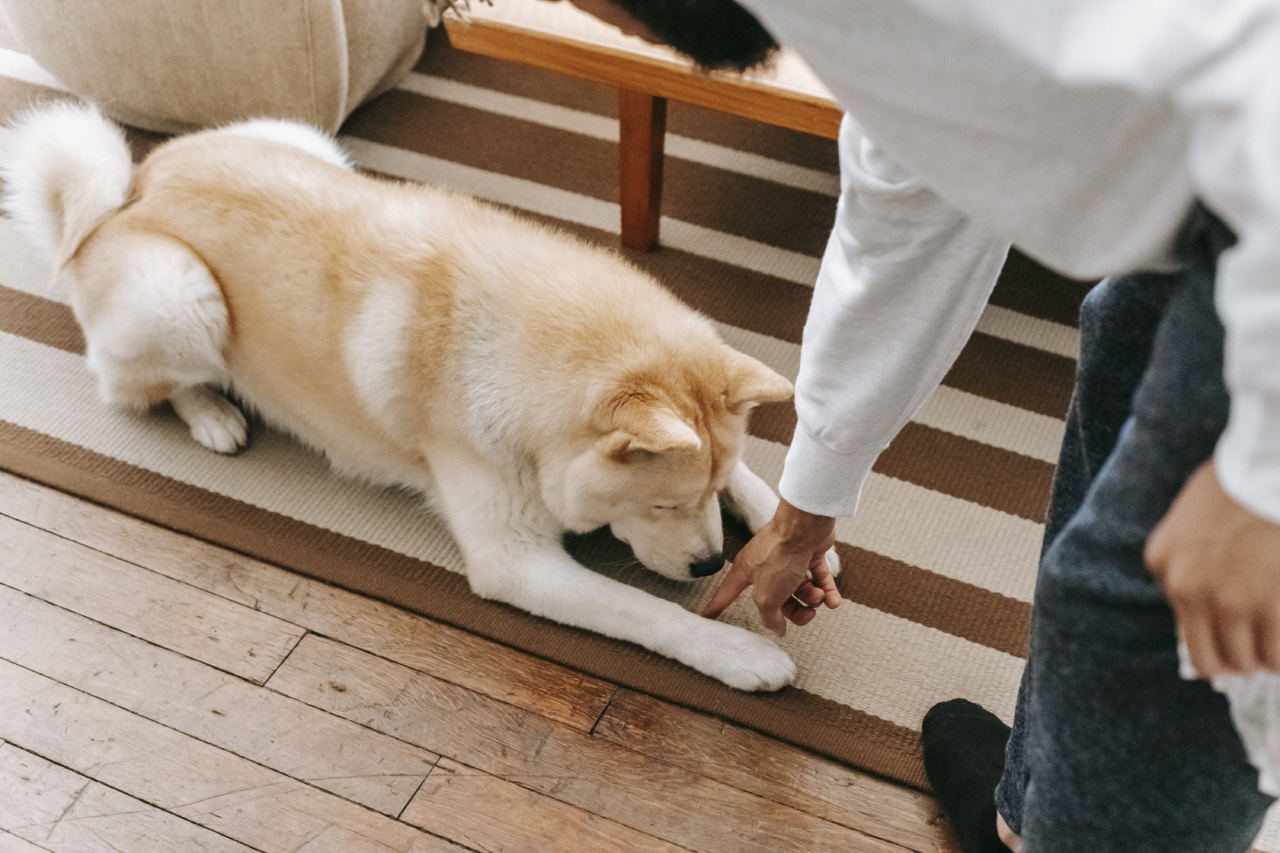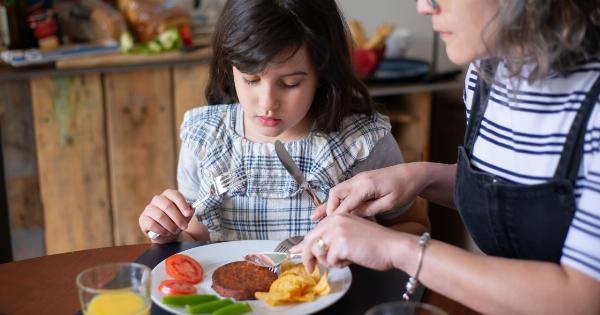It can be a common occurrence for dogs to beg or try to steal food from the dinner table. While it may seem harmless at first, allowing this behavior can lead to a variety of issues in the long run.
Training your dog to stay away from the dinner table is essential to ensure their safety, maintain good table manners, and prevent any potential health problems. In this article, we will discuss effective methods to train your dog to stay away from the dinner table and enjoy mealtime in a more controlled and relaxed manner.
The dangers of allowing your dog near the dinner table
Allowing your dog near the dinner table can pose several dangers. Firstly, it can lead to accidental ingestion of harmful foods, such as chocolate, onion, garlic, or grapes, which can be toxic to dogs.
Additionally, certain foods seasoned with spices or sauces can cause an upset stomach or even pancreatitis in dogs. Training your dog to stay away from the dinner table can help prevent accidental ingestion of these harmful substances and promote their overall well-being.
Establishing boundaries
Training your dog to stay away from the dinner table begins with establishing clear boundaries. Start by designating a specific area where your dog will be expected to stay during mealtime.
This could be a designated spot in the corner of the dining area or a comfortable mat placed away from the table. Consistency is key when creating these boundaries, so ensure that all family members are on the same page and reinforce the rules every time you sit down to eat.
Basic obedience training
Before focusing specifically on staying away from the dinner table, it is important to ensure that your dog has a solid foundation in basic obedience training.
Teach your dog commands such as “sit,” “stay,” and “leave it” before proceeding to the dinner table training. These commands are essential for effective communication and will be helpful in redirecting your dog’s attention from the table to an appropriate place.
Desensitization techniques
Desensitization techniques can be highly effective in training your dog to stay away from the dinner table. Introduce your dog to the table and chairs without any food present. Allow them to sniff around and explore the area.
Reward calm and non-intrusive behavior with treats and praise. Gradually increase the level of temptation by placing food on the table while your dog is in a controlled environment, such as on a leash or behind a baby gate.
This will help your dog learn that approaching the table does not yield any rewards and that staying away is more beneficial.
Utilize positive reinforcement
Positive reinforcement is a powerful tool in dog training. Whenever your dog exhibits the desired behavior of staying away from the dinner table, reward them with treats, verbal praise, or petting.
Make sure the rewards are immediately provided after the correct behavior is displayed, as this will help reinforce the association between staying away from the table and positive outcomes. Consistency and patience are crucial during this training process.
Redirecting attention
Dogs are naturally curious creatures, and their temptation to explore what’s happening around them can often lead them to the dinner table. To counter this, it is essential to redirect their attention to more appropriate activities.
Provide your dog with interactive toys or chew treats to keep them occupied during mealtime. Ensure these distractions are enticing enough to keep their attention away from the table. It may take time for your dog to understand that engaging with the distraction is more rewarding than attempting to approach the table.
Consistency is key
Consistency is the cornerstone of any successful dog training endeavor. It is vital to enforce the rules consistently and ensure that everyone in the household follows the same guidelines.
If one family member allows the dog near the table while others do not, it can create confusion and hinder the training progress. Consistent reinforcement of the desired behavior will help your dog understand that staying away from the dinner table is expected at all times.
Utilizing physical barriers
In some cases, utilizing physical barriers may be necessary to prevent your dog from approaching the dinner table. Baby gates or pet barriers can be used to create a physical boundary between your dog and the dining area.
This can be especially useful during the initial stages of training when your dog is still learning the rules. Over time, as your dog becomes more accustomed to the boundaries, you can gradually remove the physical barriers.
Seeking professional help
If you find that your dog is not responding to the training techniques mentioned above, or if you’re struggling with the training process, it may be beneficial to seek professional help.
Certified dog trainers or behaviorists have the skills and knowledge to assess your dog’s behavior and provide specialized training techniques to address the specific challenges you’re facing. They can tailor the training program to suit your dog’s unique needs and ensure optimal results.
Patient and positive approach
Training your dog to stay away from the dinner table requires patience and a positive approach. It is essential to understand that dogs learn at their own pace, and each dog may require a different amount of time to grasp the training concept.
Avoid scolding or punishing your dog for unwanted behavior, as this may create fear or anxiety. Instead, focus on reinforcing the desired behavior and redirecting their attention in a positive manner.
With time, consistency, and positive reinforcement, your dog will learn to stay away from the dinner table and enjoy mealtime in a more harmonious way.





























